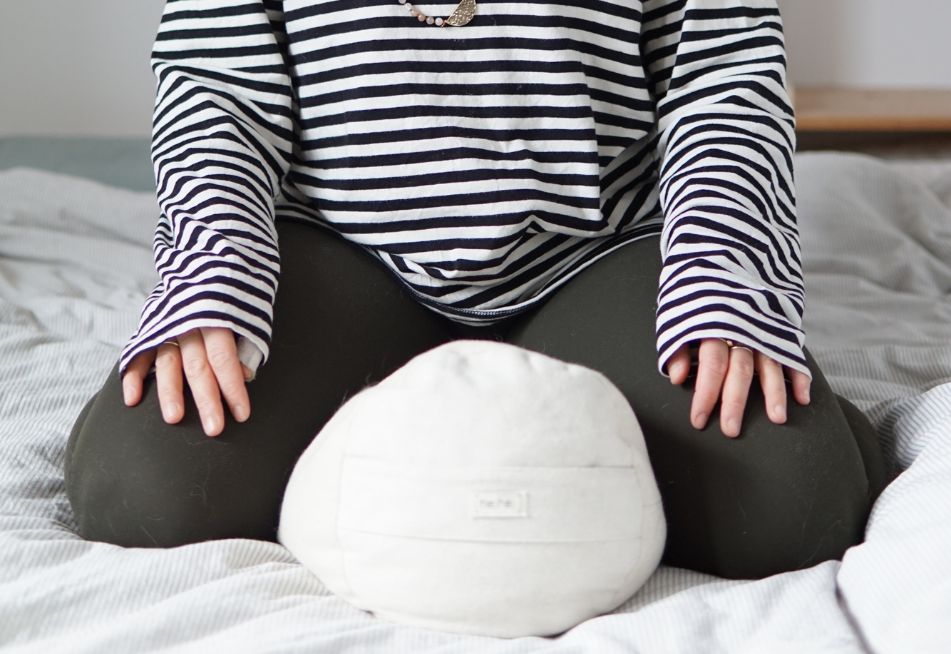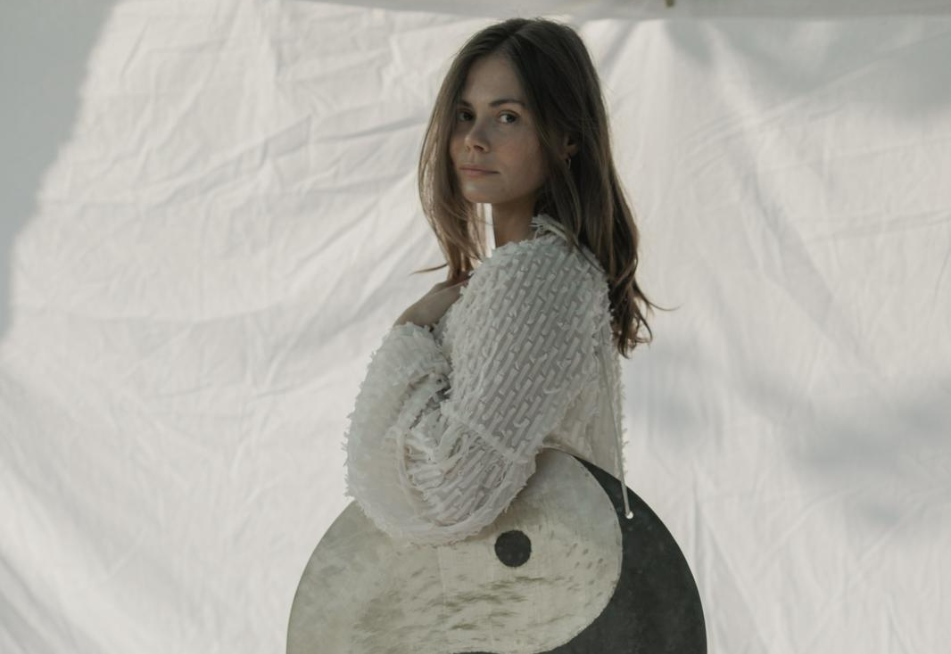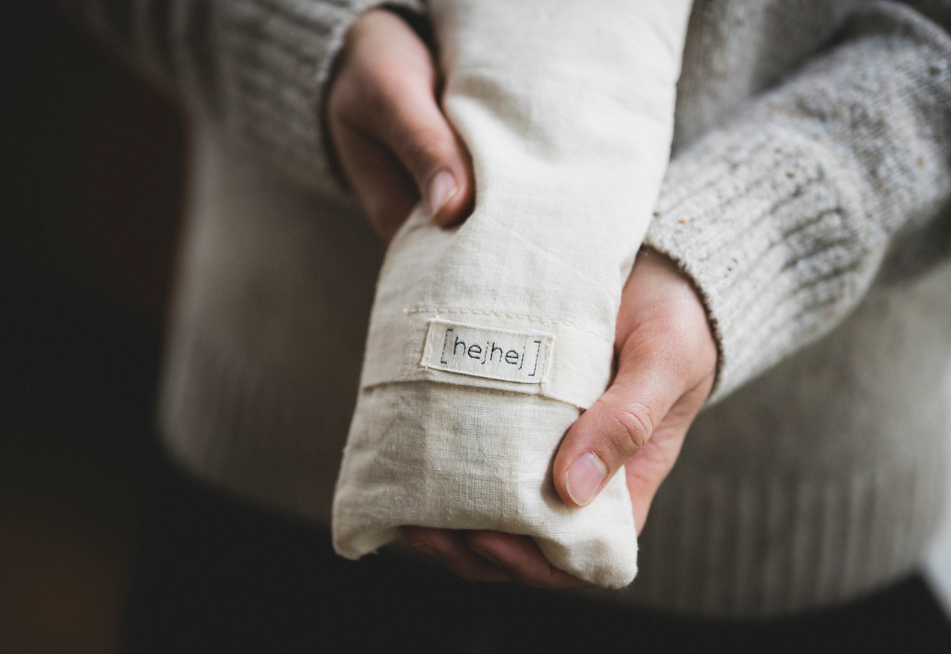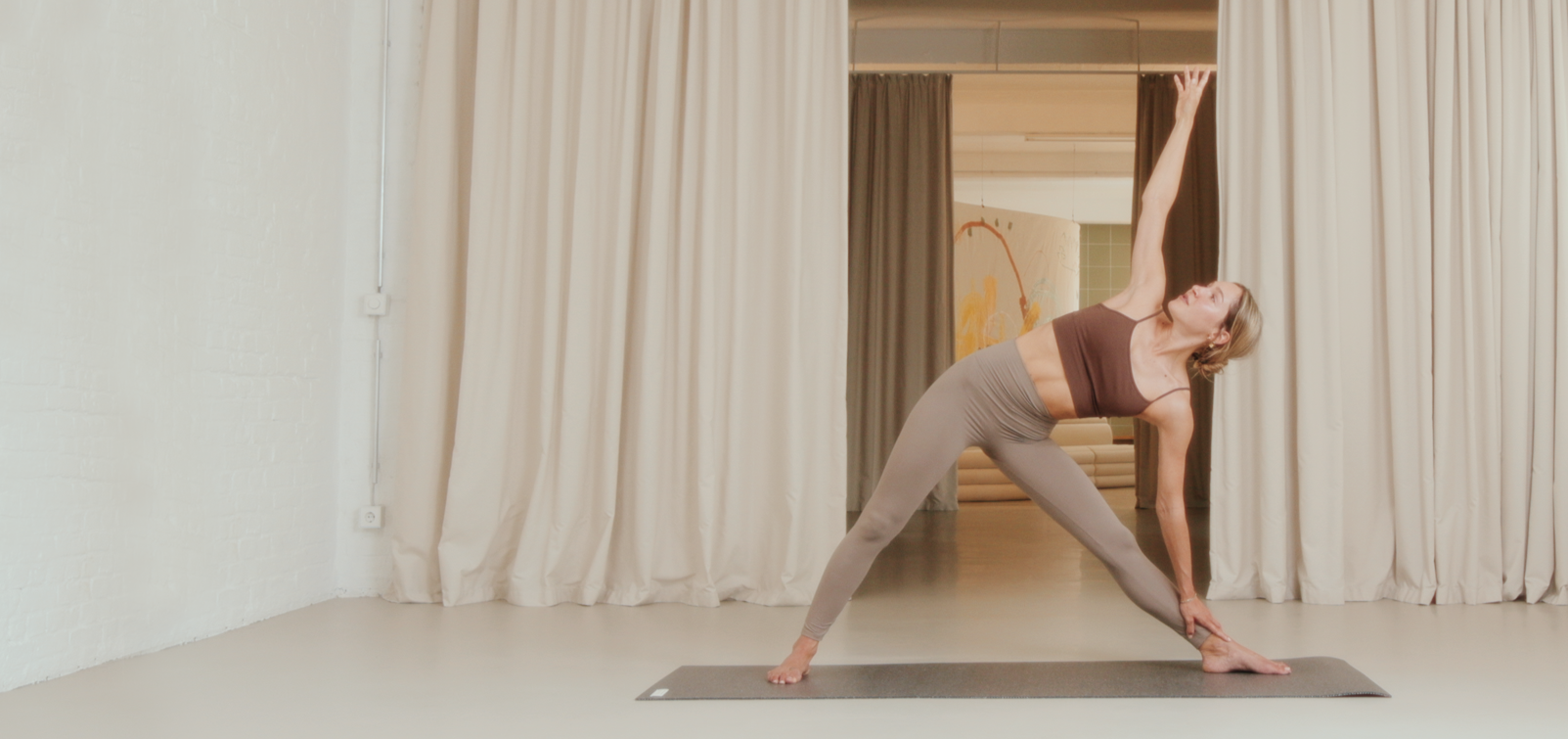Today we have a special type of yoga practice, namely the one in the postpartum period for you as a new mother after a birth. We are very grateful to partner with Vanessa , yoga teacher and doula, for this article. If you have any further questions, you can contact Vanessa at any time.
About Vanessa
I am Vanessa yoga teacher and doula with a focus on the postpartum period and postpartum care, the time after the birth of a baby and its mother. A doula is a woman who accompanies another woman during pregnancy, birth and the postpartum period.
My own, very lonely postpartum period during Corona times inspired me to accompany young mothers after the birth and to support them as they settle into their new role as a mother.
For most young parents, the birth of a baby - and its mother - is probably one of the most dramatic experiences of their lives, because suddenly there is a little person who is totally dependent on his parents and especially his mother.
The postpartum bed
Traditionally, the postpartum period lasts 42 days and is considered a sacred time. During this time, the mother should lie down as much as possible and ideally even stay in bed with her baby, other children and partner. After the 9 long months of pregnancy and the strain of birth, the body urgently needs time to regenerate.
So how does yoga fit into this if the time should be spent lying down if possible?
It should be clear that a sporty yoga variant is not necessarily suitable for the postpartum period. But rather a very quiet, passive yoga practice, like restorative yoga.
Yoga supports the body on so many levels, including regeneration during or after a strenuous phase of life. And that's exactly what you do with yoga during the postpartum period.
In addition, your body is happy about loving care and mindful movement, because especially after the first 2-3 weeks after the birth, which you should wait before you go back to your mat, you will feel that through carrying, breastfeeding and baby hold, you will feel tension in one place or another.
Danger
Before you go on the mat, be sure to get the go-ahead from your midwife or a qualified person to prevent long-term injuries.
If you had an abdominal birth (cesarean section), you are welcome to give yourself 1-2 more times so that your scar has had enough time to heal.
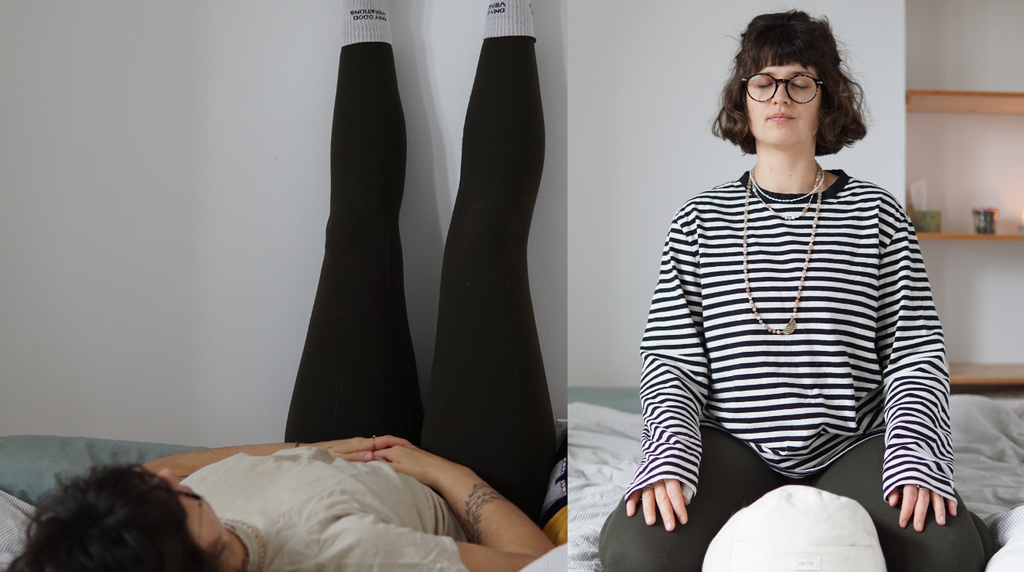
Your new yoga practice
Feel the pelvic floor
It's best to start in bed, lying down. Place your feet under the mattress in front of you and begin to notice your breath. Breathing is one of the most important tools during the period of your recovery, because by breathing deeply and consciously in and out you address your pelvic floor and abdominal muscles.
When you feel like you have (again) created a connection to your pelvic floor, you are welcome to continue walking on your mat.
Your yoga spot
Of course, you can also use your bed as a yoga spot, and maybe you even have a bolster that you can bring into your bed for support. Maybe the beginning of your new yoga practice is also the moment when you slowly get out of bed again.
The seat
Feel free to start your practice sitting, slightly elevated, to straighten your pelvis and thus relieve the strain on your regenerating pelvic floor. You are welcome to sit cross-legged or sitting on your heels. See what feels good.
From my experience, I can say that most new mothers have a better feeling for their pelvis in the elevated heel position.
At the beginning of your postpartum yoga practice, you should always do a conscious check-in with your pelvic floor. The most important thing is that you consciously give your pelvic floor a moment of attention once a day.
Your breathing
Through your breath, for example deep abdominal breathing, you first activate the core and pelvic floor muscles from the inside out.
After a moment of your breathing practice, move on to restorative postures that ground and recharge you.
The lying butterfly and the child's pose
Supported Supta Baddha Konasana (the lying butterfly) and the supported Child's Pose give your body and nervous system the opportunity to slow down for a moment and check in with relaxation.
Because let's be honest, after a few weeks spent almost exclusively in bed with a baby in your arms, your body demands gentle stretching to make the tense areas, such as shoulders and hips, soft again.

Twist it out
A supported twist, like the deer, also feels really good to neutralize your stressed lower back and bring it back into relaxation. The twist supports your body in releasing new energy, which you as a mother can use so much. Because being present for your baby demands so much from you.
Prevention
A forward bend, like Pashimottanasana, helps you to stay with yourself and to block out everything that is happening around you for a moment. Because your needs also count and should be taken into account just as much. There is no better posture than this to make you realize this again.
Make sure that all positions are comfortable for you. In addition to your bolster , you can keep additional props, such as yoga blocks and blankets, to pad yourself where you need it.
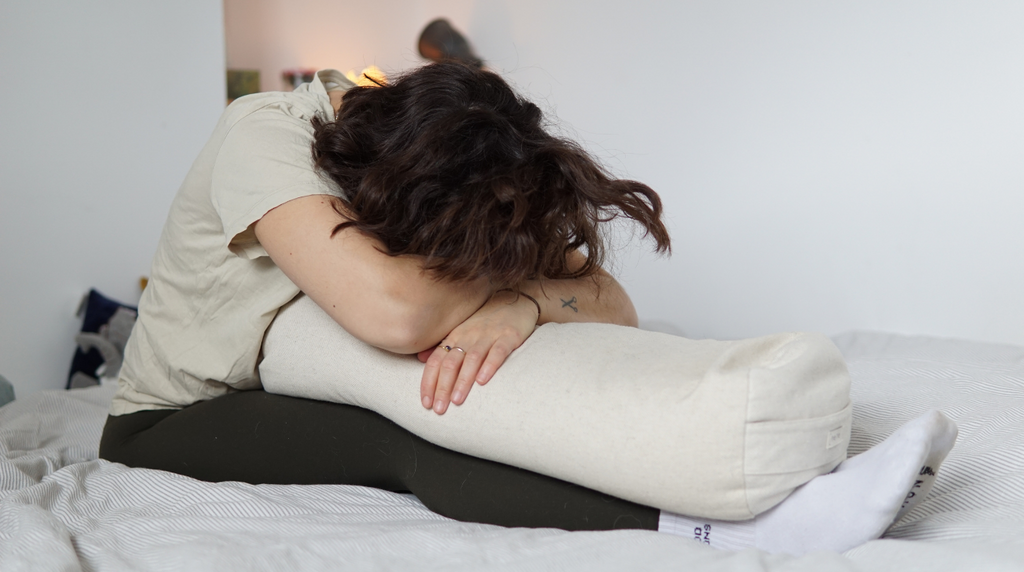
Never Skip Savasana
The most important pose to definitely incorporate into your new practice is Savasana. Only the final relaxation helps you to process and integrate all the new experiences and insights that you have every day as a mother.
As a mother, you will notice that there is a lot of social pressure on you: to let your child grow up lovingly but according to clear rules, to always be there but to have a career at the same time, to arrive after birth but to close again as quickly as possible to get back to your old body.
time for you
I would like to consciously remind you again with this really slow and introspective yoga practice to first take time for yourself. Being a mother has to be learned, because the hardest part of this process is not the birth, but the year after. The year in which you slowly grow into your new role as a mother. The first few weeks in particular are challenging and beautiful, but at the same time tiring, maybe tearful, maybe full of joy and with all the crazy rollercoaster emotions.
Your new yoga practice can be your anchor on this journey and constantly remind you to be good to yourself and to nourish yourself from the inside out.
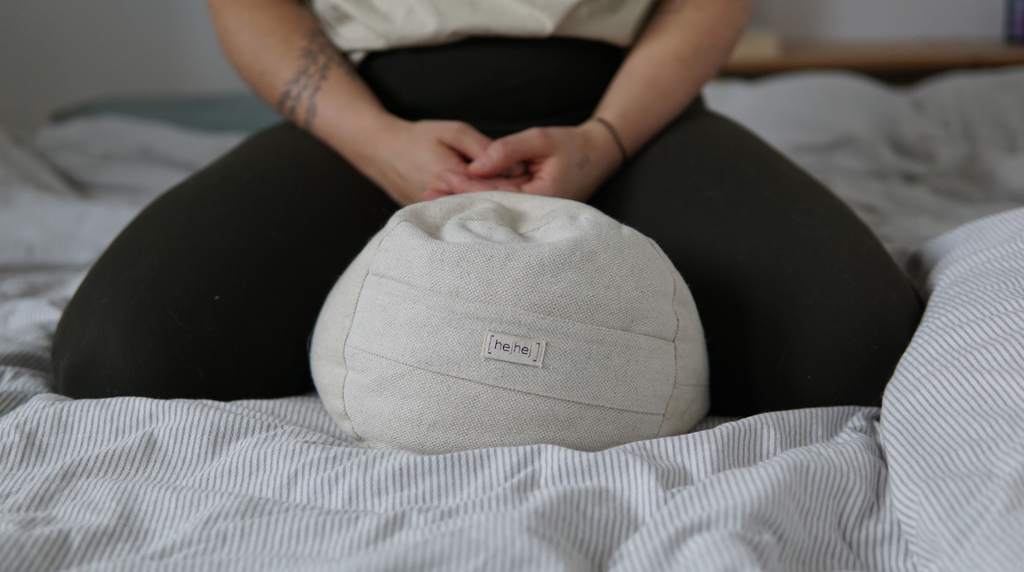
As a little reminder
Get support if you don't know what to do or if you need someone to hold you or the baby! You don't have to do this alone. It Takes a Village to raise a Child and hold a mama!
Many thanks to you Vanessa for your great suggestions for a yoga practice during the postpartum time. Yoga is such a great companion during this time! Meditation can also support you mentally, even if you just want to lie in bed. Why not try this free 15-minute meditation from Brooklyn right now?
You can find Vanessa Simon here - feel free to write to her if you have any further questions.
Website: https://www.bestefreundinaufzeit.de
Instagram: @bestefreundin_aufzeit


